Obesity is a global health crisis, impacting over 650 million adults worldwide. As a complex, chronic condition, obesity is not merely a result of lifestyle choices but involves intricate metabolic, hormonal, and neurological mechanisms that resist sustained weight loss. Traditional interventions often fall short in achieving long-term success, highlighting the need for pharmacologic options. One such emerging therapy is tirzepatide, a novel once-weekly injectable that acts on both the GIP (glucose-dependent insulinotropic polypeptide) and GLP-1 (glucagon-like peptide-1) receptors. The SURMOUNT-1 trial, published in the New England Journal of Medicine, evaluated the efficacy and safety of tirzepatide for obesity treatment in adults without diabetes.
Study Design and Participants
The phase 3, randomized, double-blind, placebo-controlled trial enrolled 2,539 adults with either:
- A BMI ≥30, or
- A BMI ≥27 with at least one weight-related complication (excluding diabetes).
Participants were randomly assigned to receive once-weekly subcutaneous tirzepatide in doses of 5 mg, 10 mg, or 15 mg, or placebo over 72 weeks, alongside lifestyle interventions. These included dietary counseling targeting a 500-calorie daily deficit and at least 150 minutes of physical activity weekly.
Primary and Secondary Outcomes
Coprimary Endpoints:
- Percentage change in body weight from baseline.
- Proportion of participants achieving at least 5% weight loss.
Key Secondary Endpoints:
- Weight reductions of 10%, 15%, 20%, and 25%.
- Changes in waist circumference, fasting insulin, lipid profiles, blood pressure, and physical function scores.
- Results: Substantial and Sustained Weight Loss
At week 72, the weight reductions were as follows:
- 5 mg tirzepatide: −15.0%
- 10 mg tirzepatide: −19.5%
- 15 mg tirzepatide: −20.9%
- Placebo: −3.1%
Participants achieving ≥5% weight loss:
- 5 mg: 85%
- 10 mg: 89%
- 15 mg: 91%
- Placebo: 35%
Furthermore, over 50% of participants receiving 10 mg or 15 mg achieved a ≥20% reduction in body weight, compared to just 3% in the placebo group. Notably, 36.2% of participants in the 15 mg group lost ≥25% of their body weight, approaching the effectiveness of bariatric surgery.
Cardiometabolic and Body Composition Improvements
Tirzepatide also led to significant improvements in:
- Waist circumference (up to −18.5 cm vs −4.0 cm with placebo).
- Blood pressure (systolic: −7.2 mm Hg; diastolic: −4.8 mm Hg).
- Fasting insulin and glucose levels.
- Lipid profiles, including reductions in LDL and triglycerides, and increases in HDL.
Importantly, tirzepatide improved body composition by reducing fat mass by 33.9%, while largely preserving lean mass. Among participants with prediabetes at baseline, over 95% reverted to normoglycemia by week 72, compared to 62% in the placebo group.
Quality of Life Enhancements
Using the SF-36 questionnaire, participants reported significant gains in physical function, reflecting better mobility and daily living abilities.
Safety and Adverse Events
The safety profile of tirzepatide was consistent across doses:
Most common side effects: Gastrointestinal (nausea, diarrhea, constipation), typically mild to moderate, peaking during dose escalation.
Discontinuation due to side effects: Ranged from 4.3% to 7.1% in treatment groups vs. 2.6% with placebo.
Serious adverse events: Similar across all groups (~6%).
Other findings:
- Cholecystitis was more frequent in tirzepatide groups (≤0.6%) but remained rare.
- Hypoglycemia was infrequent (≤1.6%) and mostly in those without diabetes.
- COVID-19-related events affected all groups equally, as the study was conducted during the pandemic.
Clinical Significance and Future Outlook
Tirzepatide's weight-loss efficacy surpasses existing pharmacotherapies. Compared to semaglutide 2.4 mg (which achieves ~12.4% placebo-adjusted weight loss), tirzepatide's 15 mg dose led to ~17.8% placebo-adjusted weight loss. Moreover, the treatment outcomes approached those typically seen after bariatric surgery (25–30% weight loss).
These results suggest that tirzepatide could transform obesity treatment, offering a potent, non-surgical option with durable efficacy and manageable safety concerns. While further studies are needed for long-term impact and use in people with overweight but fewer comorbidities, tirzepatide stands as a promising breakthrough in combating obesity at scale.



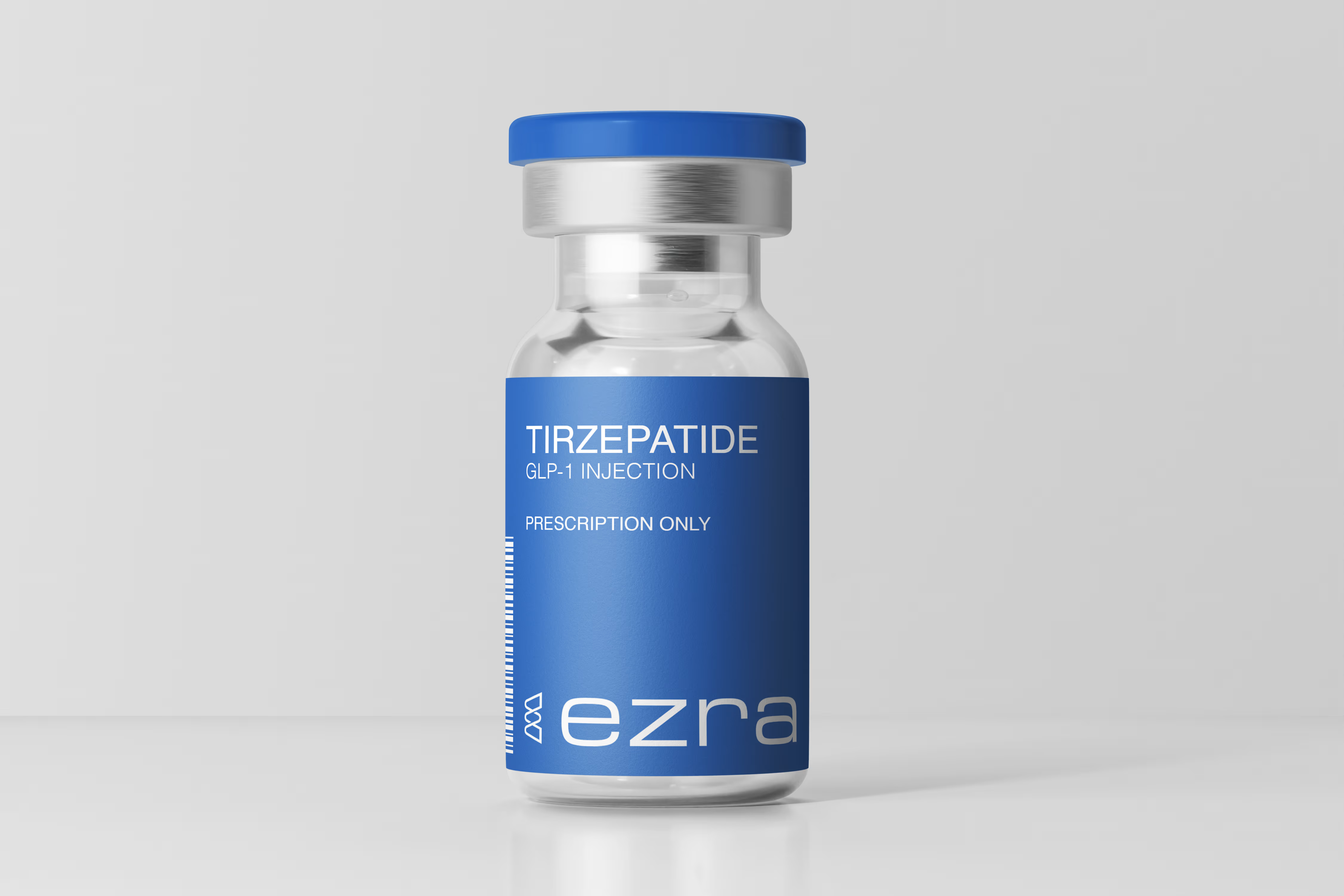





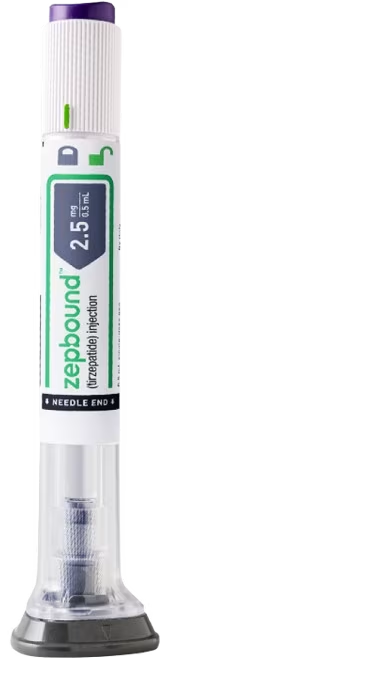




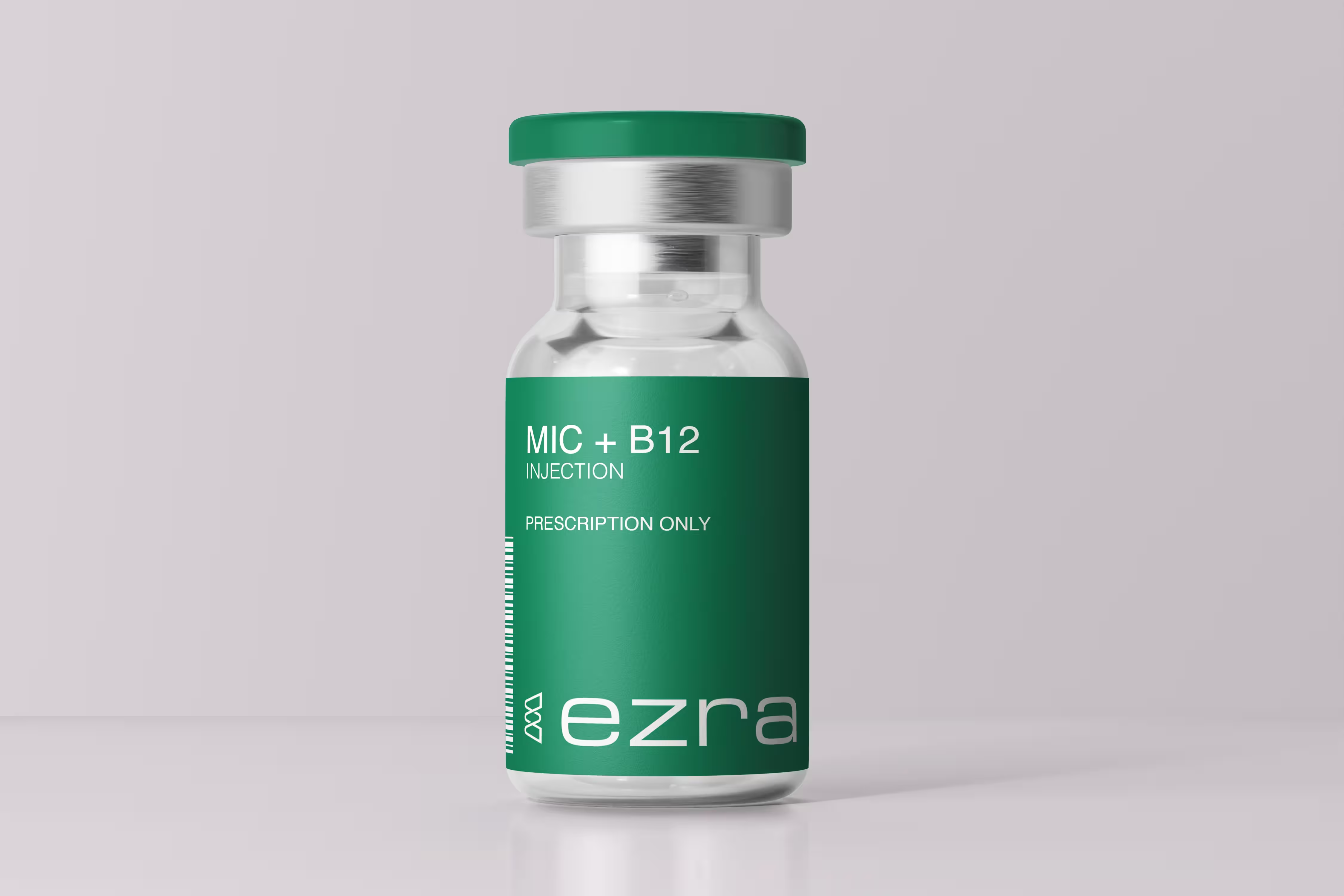






.avif)










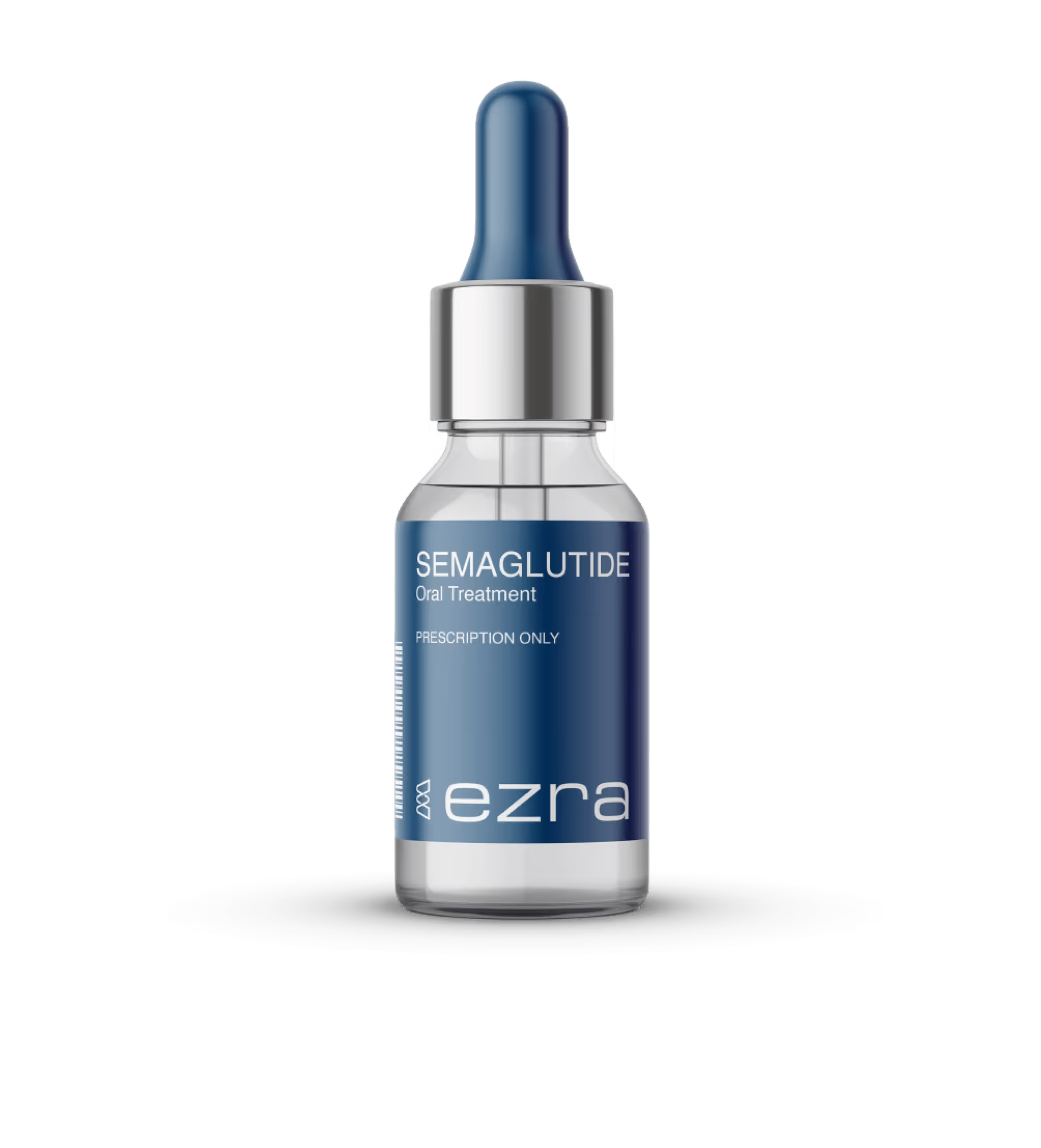


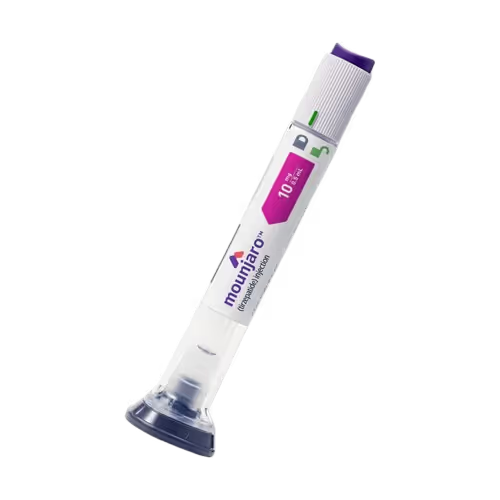
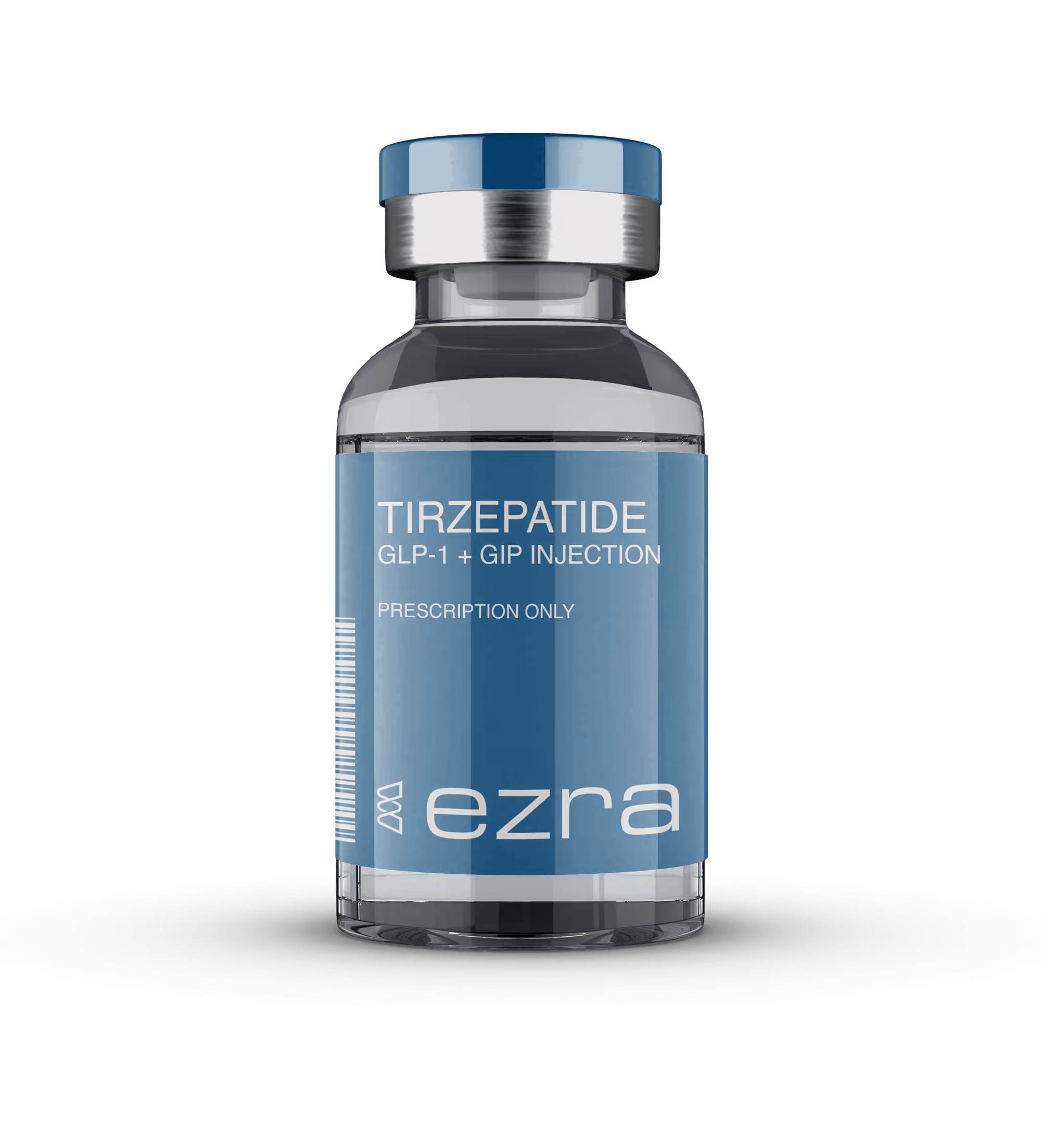
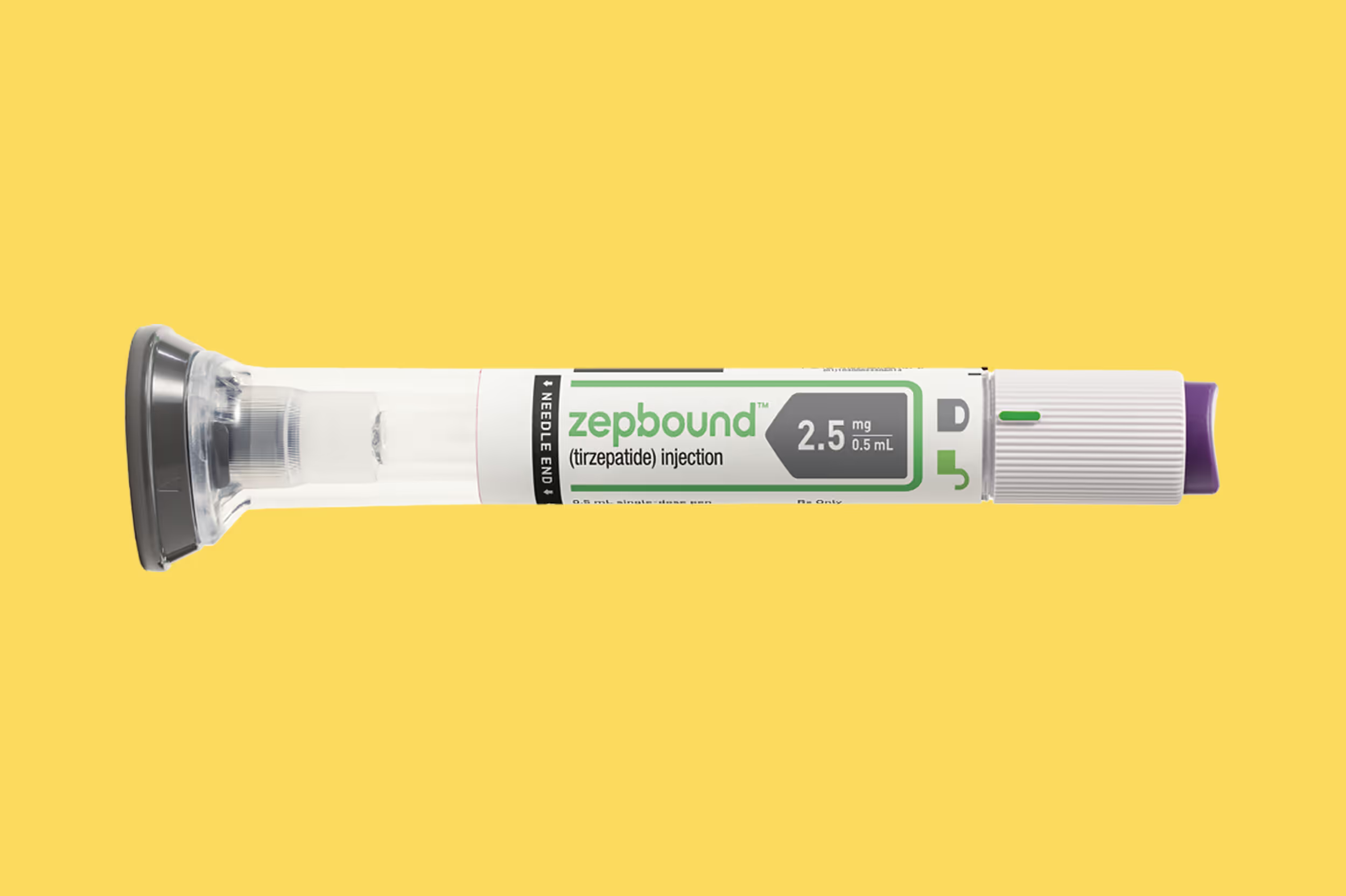



.avif)

